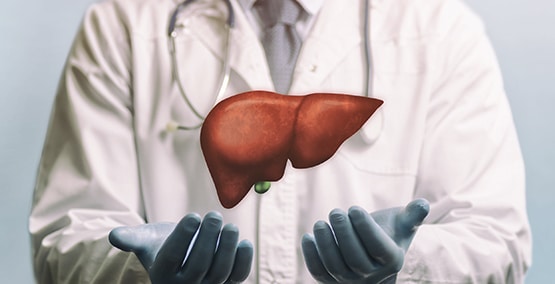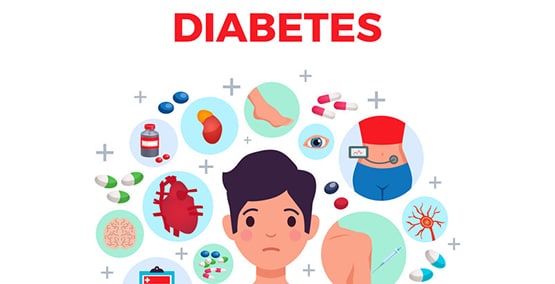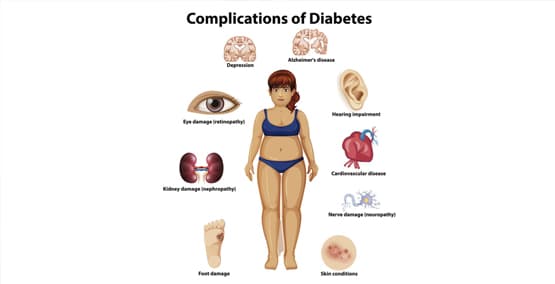
Importance of vitamin D in CF and EPI
Vitamin D is needed for bone strength, but that is not all. It also regulates the absorption of calcium and phosphorus into the body and bones. Researchers are now discovering that vitamin D also has an important role in the immune system. So it is absolutely essential to have enough vitamin D in the diet.
The unfortunate part is that with kids going outside less, wearing sunscreen and drinking less milk, they may not be getting the amount of vitamin D that they need.
Patients with cystic fibrosis (CF) or pancreatic problems may need even higher doses of vitamin D than others because they absorb less of fat soluble vitamins and if they have exocrine panreatic insufficiency (EPI).

Measuring Vitamin D
The best test to measure vitamin D status is called 25 (OH) Vitamin D. This is the vitamin D in the blood stream that indicates how much Vitamin D is in your body. The normal level is 30 nanograms / milliliter (ng/ml). When that level is 20 or less, that's considered vitamin D deficiency and extra vitamin D is needed to replenish the vitamin D.
Those at particular risk for vitamin D deficiency:
- Have dark skin
- Live in climates like the northern states in the US
- Spend more time inside
- Have more severe disease
- Have dairy restricted diets
The first reasons are because the best source for Vitamin D is the sun. It's estimated that 30 minutes outside during the summer can provide 50,000 international units (iu) of Vitamin D (compared to 100 iu in an 8 oz glass of milk). Dark skin can block 95 percent of the rays and so can a good sunscreen.
Experts recently recommended an increase in the amount of vitamin D because of its importance. It is considered a shortfall nutrient because many people don't get enough, especially those with CF and EPI.
Amount of Vitamin D Needed by Healthy individuals
Age Male Female Pregnancy Breastfeeding
0–12 months* 400 IU 400 IU
1–13 years 600 IU 600 IU
14–18 years 600 IU 600 IU 600 IU 600 IU
19–50 years 600 IU 600 IU 600 IU 600 IU
51–70 years 600 IU 600 IU
70 years + 800 IU 800 IU
IU = international units
How Much Is Enough for Someone with Pancreatic Problems?
Honestly, we don't know. We know it's probably more than the amount recommended for healthy individuals. The current suggestion is to get at least 800 IU daily in the diet because you can't count on the sun. Those who have more active disease should get more, up to 2500 IU, especially in the winter. That amount might be reduced for those at risk for kidney stones from increased calcium.
Best Sources of Vitamin D
Vitamin D is naturally only in fatty fish (like salmon, tuna and mackerel) egg yolks, cheese, mushrooms and beef liver. Cow's milk is fortified with vitamin D as are some dairy substitutes, cereals and other products.
To get the recommended amount of Vitamin D, someone would have to drink six, 8 oz glasses of milk or eat 6 oz of fish. As a result, doctors often recommended supplements of Vitamin D daily (they can come together with calcium), along with a daily multivitamin mineral that includes magnesium which helps raise vitamin D and calcium levels.
Vitamin D supplements can also be taken once a week instead of daily.
One of the best sources is the sun during the summer on a clear day. We recommend 15 minutes in the sun with arms and face exposed before you put on sunscreen. When you can't use the sun or have dark skin, 800 IU or more is recommended.
Be sure to monitor your vitamin D, calcium, and magnesium levels. If they remain low, higher doses may be needed and you may need a bone density scan.
Of course, you always have to remember that when you eat and take your vitamin D, you have to be sure to take your PERT (pancreatic enzyme replacement therapy).




